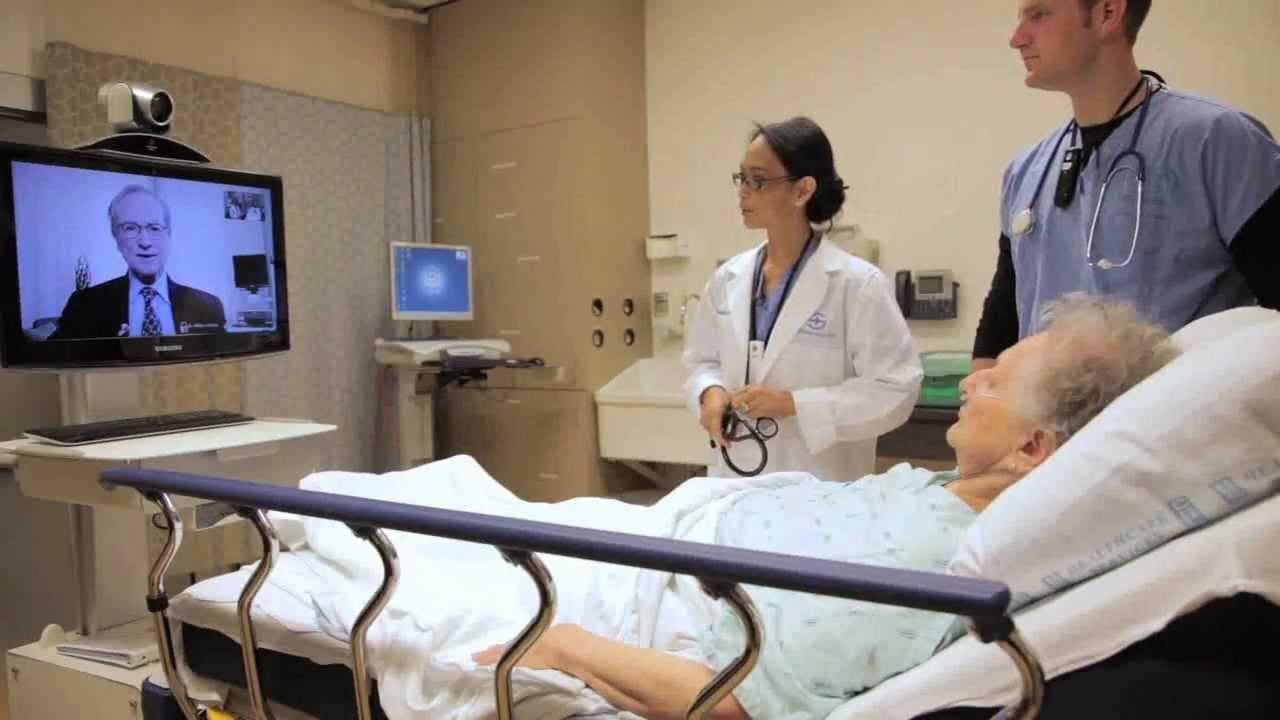Telestroke services involve the use of telemedicine technologies to connect stroke specialists, usually located at comprehensive stroke centers, with patients in local emergency rooms or hospitals that may not have a neurologist immediately available. Through live video connections, stroke specialists can examine patients, scan brain imaging, and provide expert consultation on treatment decisions to the local medical team. This allows patients in rural or remote areas faster access to specialized stroke care.
Benefits of Telestroke
Time is critical in stroke treatment. Every minute of delay in administering thrombolytic ("clot-busting") medications can reduce the chances of recovery. However, it is not always possible for a stroke patient to reach a higher-level stroke center rapidly, especially in more remote communities. Telestroke aims to virtually extend specialized stroke services and expedite treatment decisions at local facilities. Studies have found Telestroke Services can reduce time to treatment initiation and increase the number of patients receiving medications like tPA within guidelines time windows.
Another key benefit is improving access to care. An estimated 30% of Americans live in areas without readily available stroke expertise. Telestroke connectivity helps fill this gap by allowing smaller community hospitals to tap into 24/7 neurology support without having an on-site specialist. This expands treatment options for patients who might otherwise need to delay care during inter-hospital transfers.
Telestroke Technologies
The foundation of any telestroke program is reliable audio-video conferencing capabilities between sites. This generally involves portable cart-based systems with integrated cameras, microphones, and screens in emergency departments and dedicated telemedicine rooms at stroke centers. Mobile smartphones and tablets are also increasingly being used for telestroke consults on the go.
Advanced technologies like telerobotic cameras can also assist neurologists in remotely performing physical exams. Specialized telemedicine software platforms help integrate patient data like CT/MRI scans and lab results into televisits. Some systems offer features like medical record exchange, online stroke scales and tools to remotelycontrol diagnostic devices during evaluations. Artificial intelligence is another emerging area with potential to help automate certain tasks like early stroke detection from scans.
Get more insights on Telestroke Services
